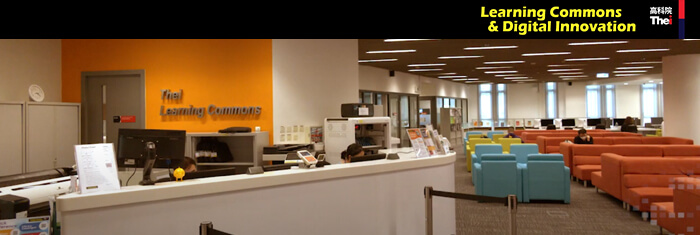

New to Teaching in Higher Education (4 hours) Aim: The programme is designed for new academic staff to enhance pedagogical knowledge and skills for conducting learning and teaching activities and assessment of learning outcomes. Topics include defining learning objectives, understanding learning styles, introducing pedagogies, applying Bloom's taxonomy and Kirkpatrick level of evaluation, designing assessment, rubric and assessment goals, providing feedback, engaging students, utilizing technology to enhance learning, etc.
Course details (2 hours)
Learning objectives
Course details (42 minutes)
Learning objectives
Course details (35 minutes)
Learning objectives
Course details (41 minutes)
Learning objectives
